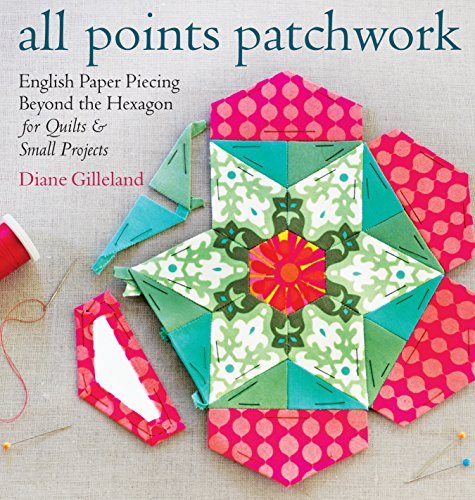What do you think?
Rate this book


The key to perfect patchwork is getting all of the points to match up — which is no easy feat! Set yourself up for success with the rediscovered technique of English paper piecing. Using paper templates to guide your pattern, you can expertly fit your quilting shapes together before you even start sewing. All Points Patchwork takes you far beyond traditional hexagons and accommodates triangles, diamonds, octagons, and even curved shapes. Simple instructions for decorating clothing, bedding, and home decor open up astounding possibilities for quilters of all levels.
570 pages, Kindle Edition
First published June 2, 2015